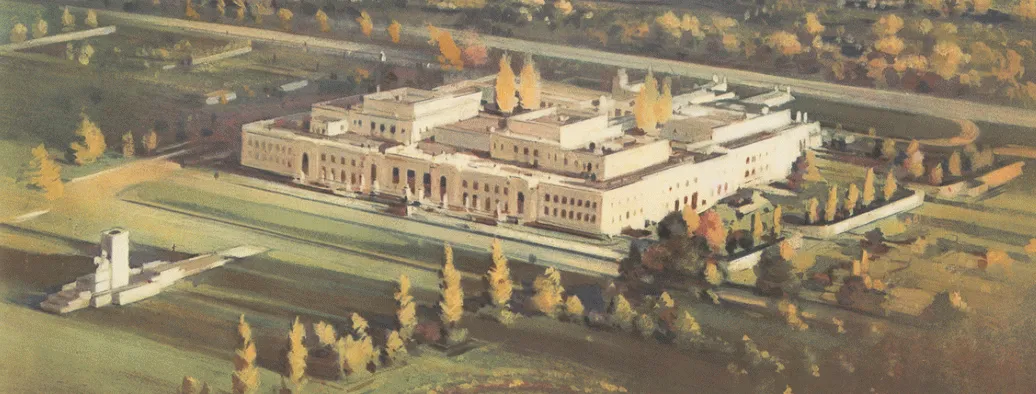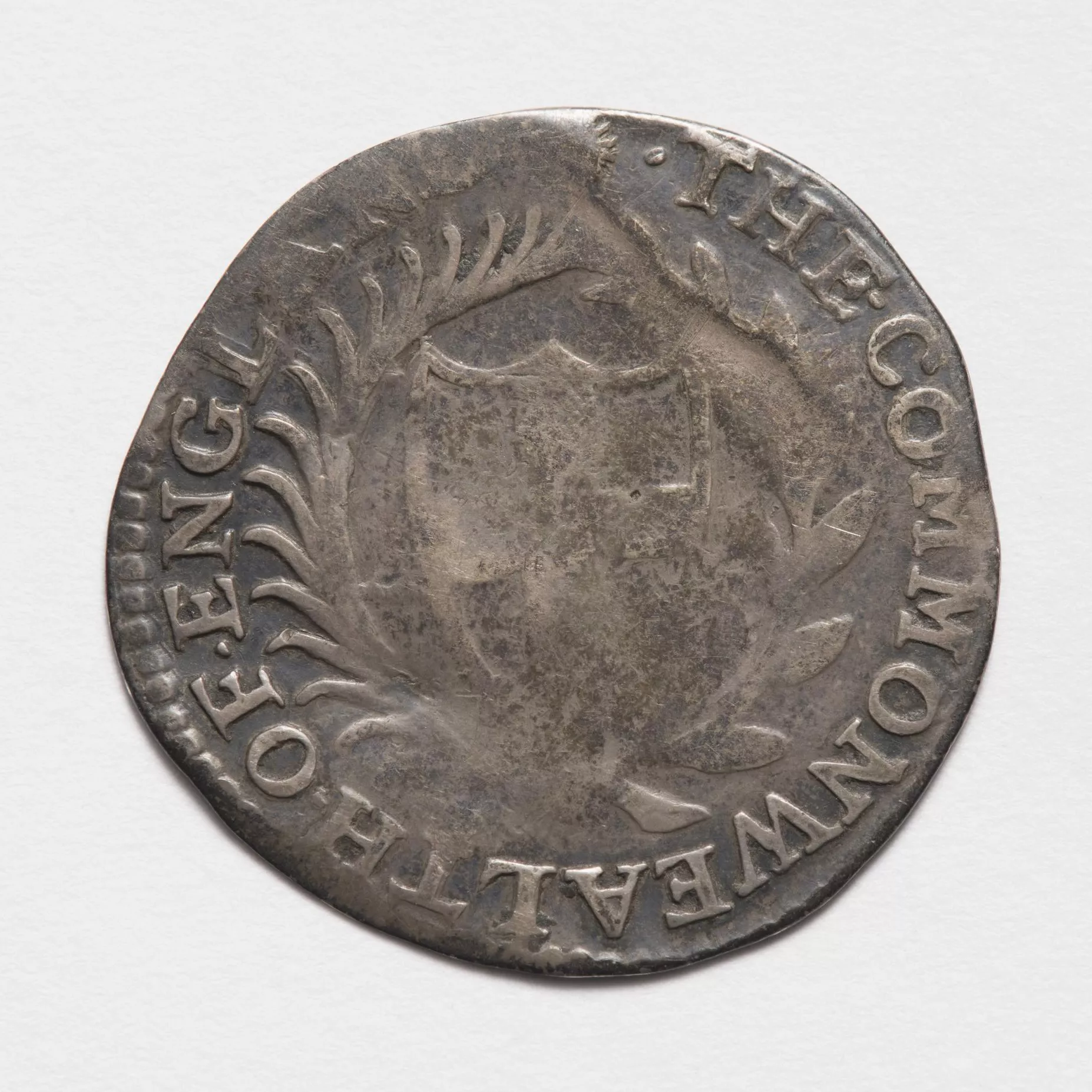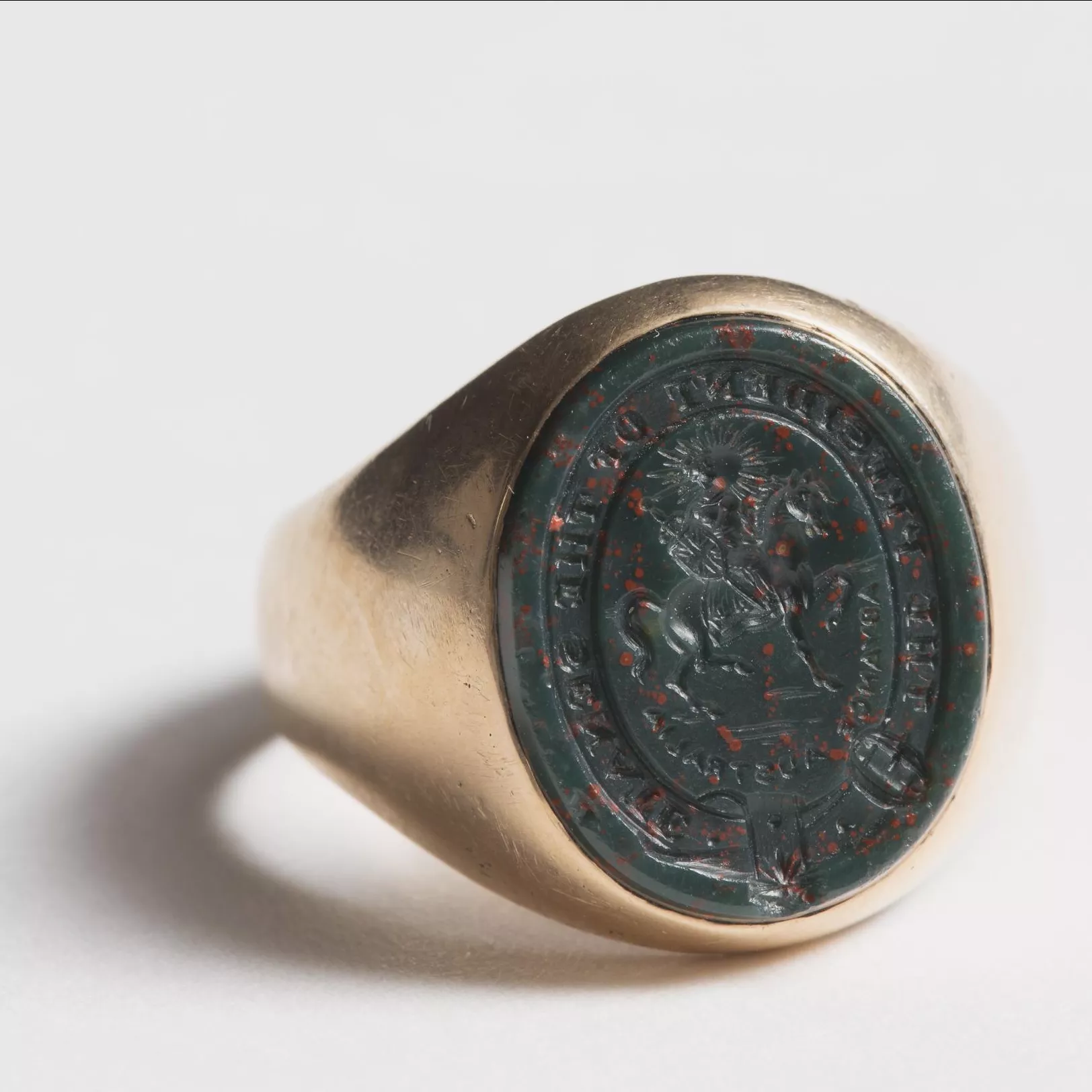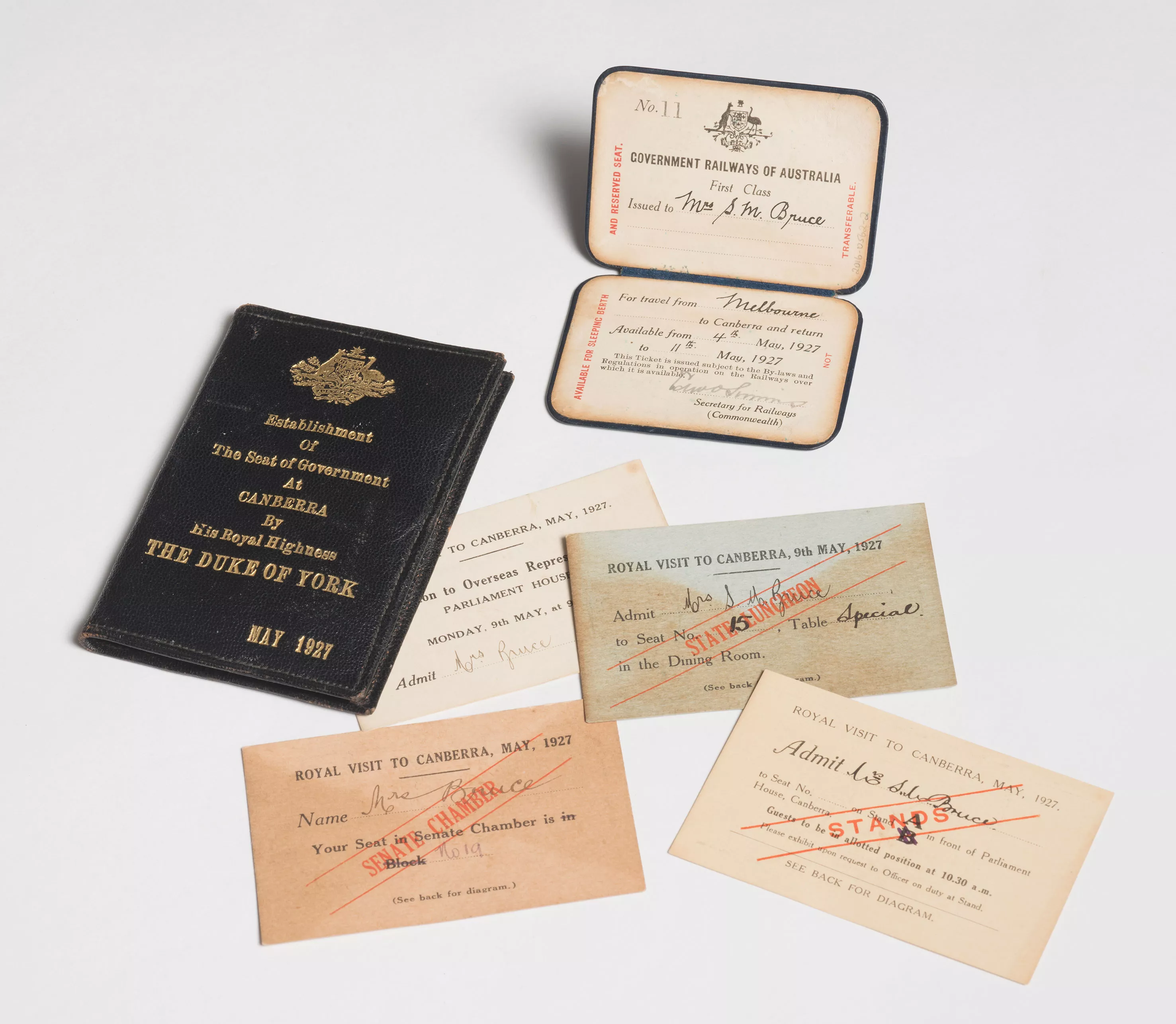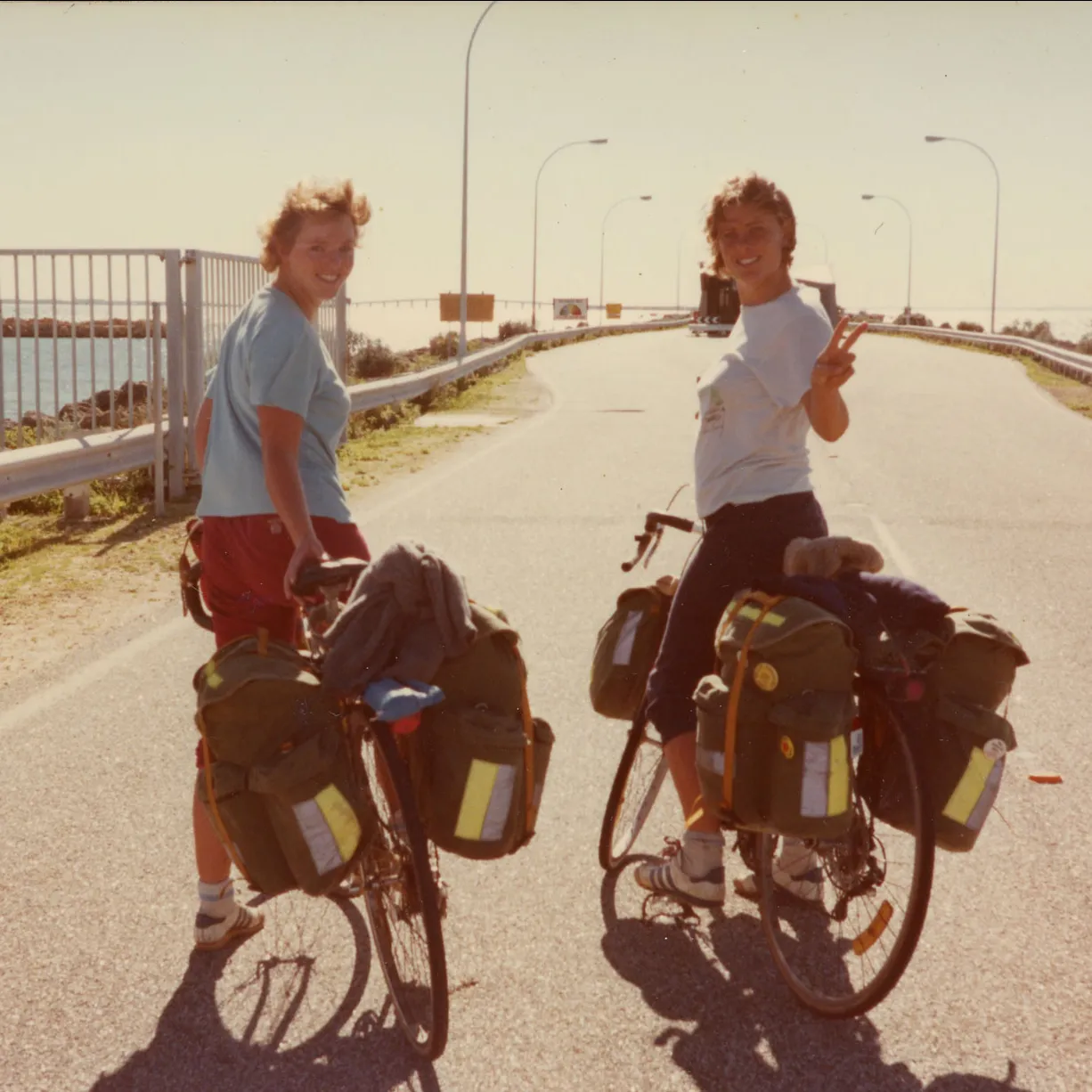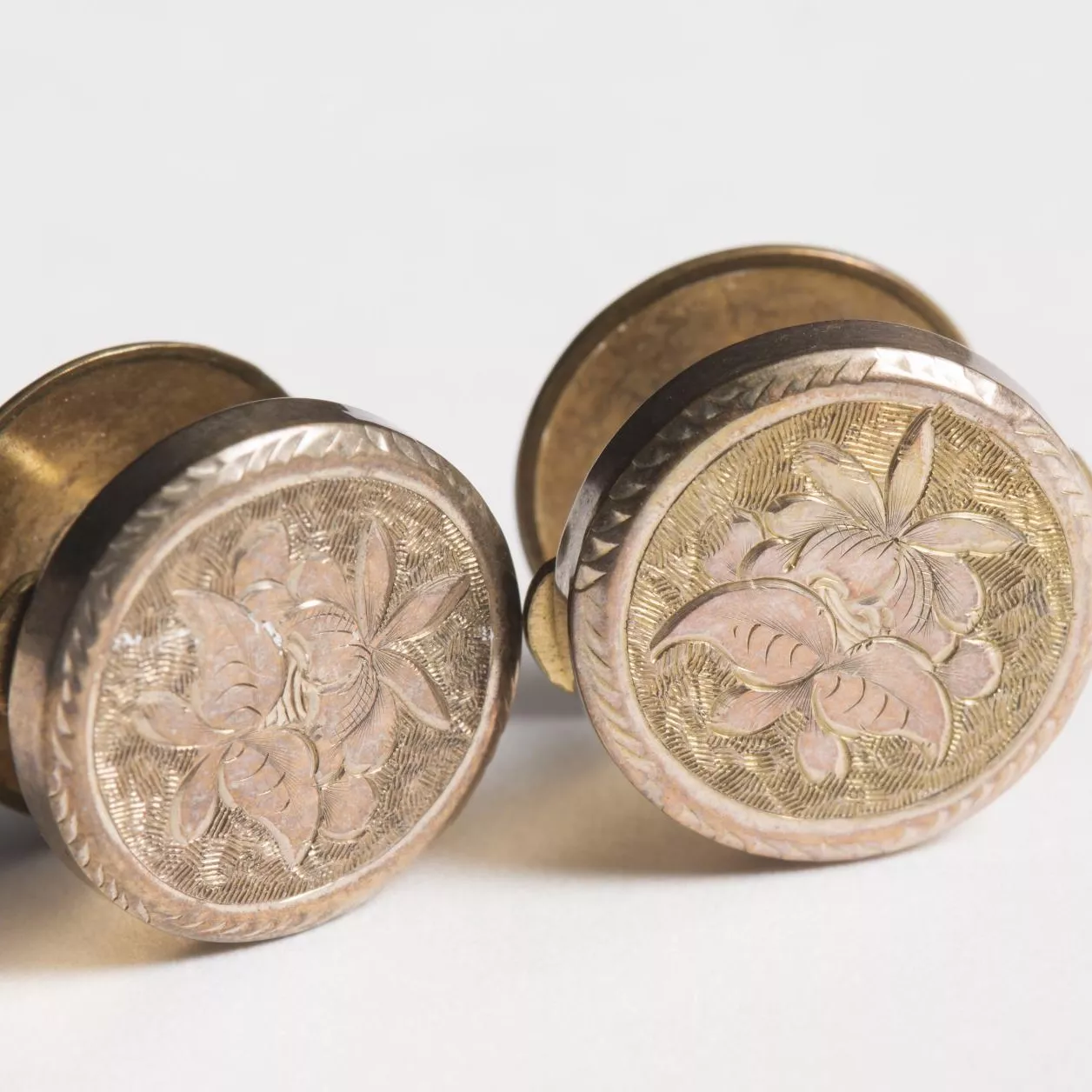Canberra travel posters
Canberra’s most attractive landmark?
1940s Canberra was essentially still a small bush town, despite being the seat of federal government in Australia. With its stripped classical style, Parliament House not only stood out from its surroundings but became a stylised icon. No wonder then that these 3 posters, commissioned by the Australian National Travel Association, each feature Parliament House as a lure to visit.
In truth, many activities in early Canberra happened in Parliament House – it housed not only the government, but also dining rooms, bars, and other comforts for politicians and visitors. It really was a hub for the developing city.
Once in Canberra, visitors may have discovered the Capitol Theatre, Manuka Pool, Cotter Dam, the new city centre, and from 1941, the Australian War Memorial. However, Parliament House was still the most well-known drawcard.
While some may argue that Canberra is still primarily known as the seat of government, modern day tourism draws attention to the diversity of activities and local options available with slogans such as 'There's more than they're telling us'.
Canberra has grown, but we still think the imagery and messages of these gorgeous posters are as relevant today as they were in the 1940s.
The Australian National Travel Association (ANTA) was set up in 1929, to promote Australia to overseas visitors, and later to promote specific Australian cities to locals looking to travel. These carefully crafted and romanticised posters have become a collectible, and their style can be seen reflected in some tourism advertising today.
While Canberra is the star of these posters, the artists, especially James Northfield, also created many other travel posters for destinations across Australia.
James Northfield (1887-1973) was born in Geelong, Victoria. He is one of the more famous designers of Australian vintage posters, with a 40-year career depicting Australia as a sunny place of leisure and abundance for local and international visitors.
Robert Curtis (1898-1996) was born in England, but his family moved to Sydney in 1914. In 1922, he travelled to the USA and studied art, before returning to Sydney and illustrating events such as the erection of the Sydney Harbour Bridge and war efforts. After the war, he travelled Australia, which is when this poster was likely made.
John Telfer Gray (1911-1972) was born in Scotland. He worked as an artist from at least 1935 to 1965.
These posters were donated through the Australian Government’s Cultural Gifts Program by Peter Graves.
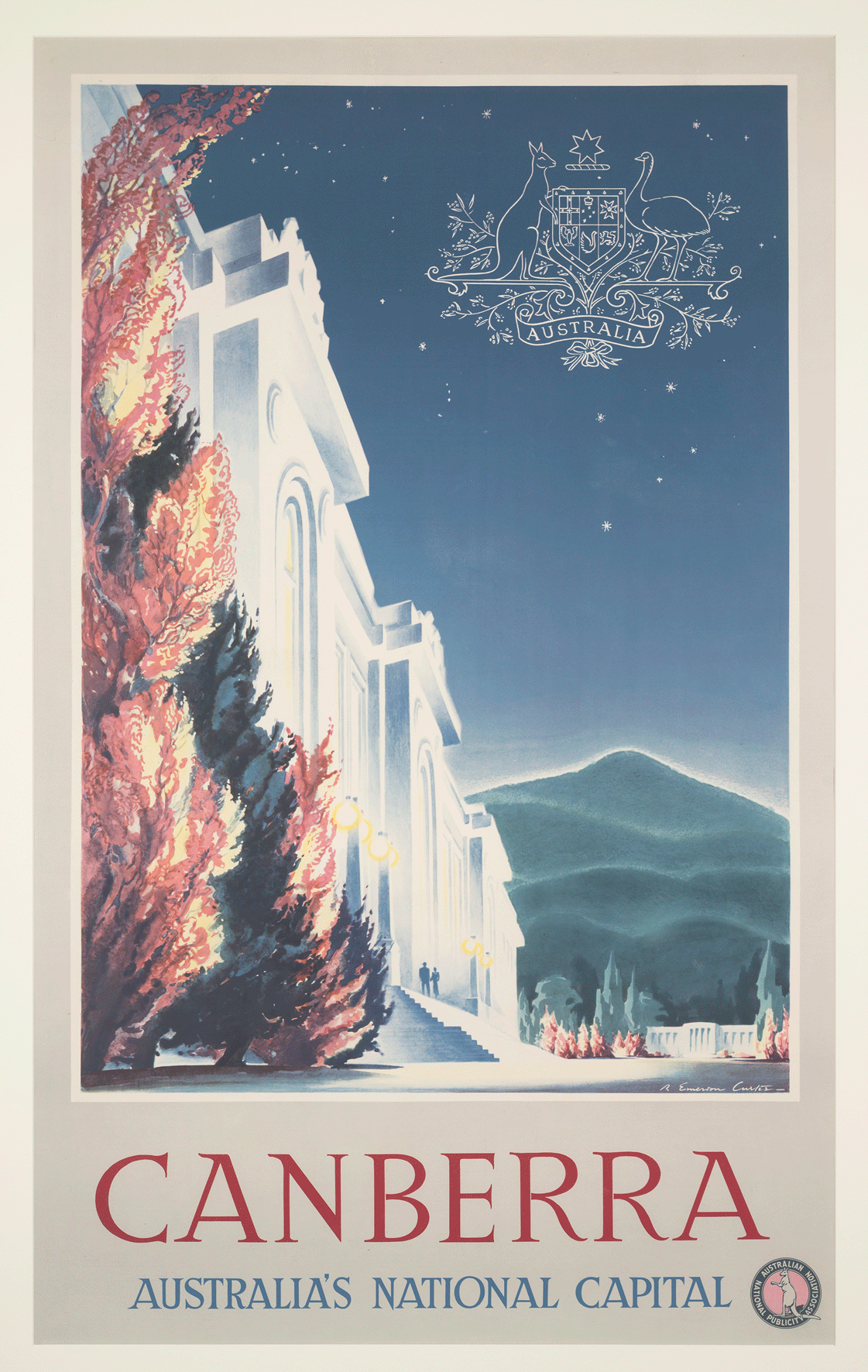
Robert Curtis
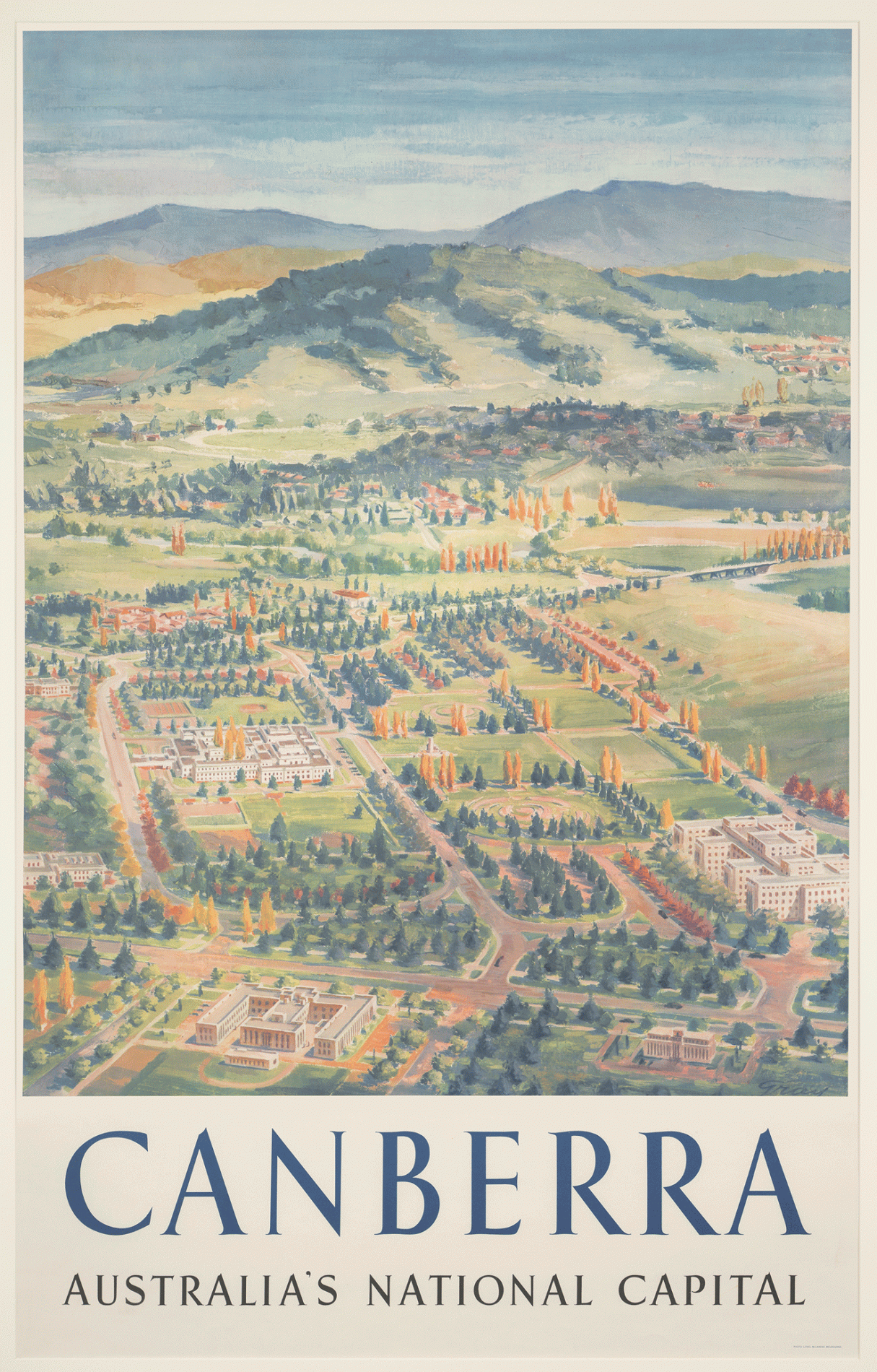
John Telfer Gray
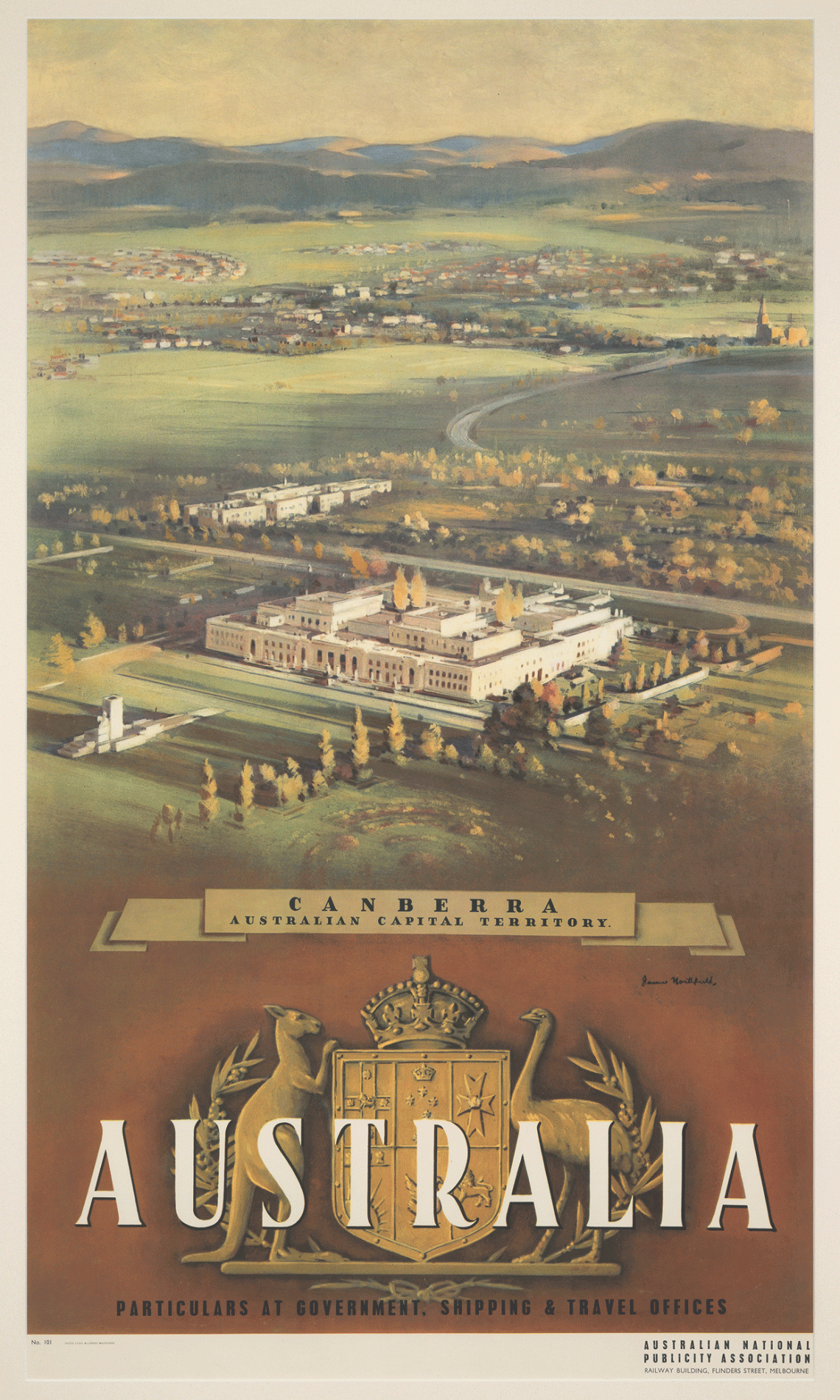
James Northfield
Why didn't they just use photographs?
In the 1940s, photography was still not as common in print media as it is today. Artworks were more visually attractive, and allowed for simple, colourful designs that represented a scene and a place in the best possible light.
Why are there no other buildings around Provisional Parliament House?
Canberra was announced as the site of the new Federal Capital in 1913, but the First World War prevented work from commencing. Provisional Parliament House was built from 1923 to 1927, but the Second World War delayed the city’s development again, so Canberra was not extensively developed until the 1950s.

